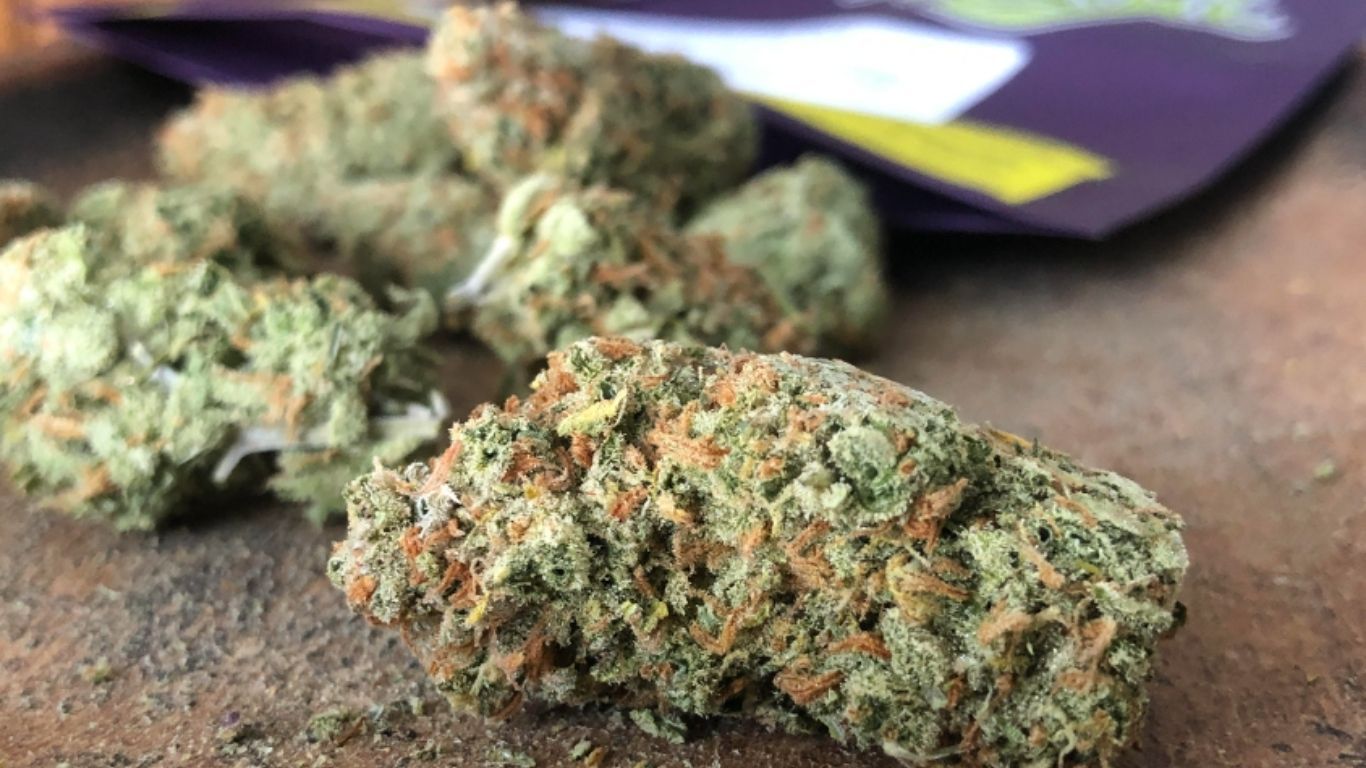
Bill C-45, the Cannabis Act was tabled in the House of Commons on April 13, 2017 by Jody Wilson-Raybould.
The bill itself was guided and informed by the report filed by the Task Force on Cannabis Legalization and Regulation announced by Wilson-Raybould on June 30, 2016, eight months following the Liberal’s forming a majority government in 2015. The task force report was presented in December 2016, with the legislation being tabled in the House just four months later.
Bill C-45, formally titled An Act respecting cannabis and to amend the Controlled Drugs and Substances Act, the Criminal Code and other Acts, spent 434 days working its way through the House and Senate before receiving Royal Assent on June 21, 2018. It came “into force” on October 17, 2018, the first day it was legal to possess, consume, buy, sell, etc, cannabis for non-medical purposes in Canada.
It passed through the House Standing Committee on Health (HESA) as well as the Senate Standing Senate Committee on Social Affairs, Science, and Technology (SOCI), and weathered extensive debate in both chambers. The Senate also had four other Senate committees studied aspects of the bill; the Senate Committee on Foreign Affairs and International Trade (AEFA), the Senate Committee on Aboriginal Peoples APPA, the Senate Committee on Legal and Constitutional Affairs (LCJC), and the Senate Committee on National Security and Defence (SECD).
After the first reading of the Bill in the House of Commons on April 13, it was discussed extensively during six chamber sittings of the House during Second Reading, eight separate HESA meetings and three chamber sittings at the Report Stage, and three more chamber sittings in the House at Third Reading before finally being voted on November 27 to send it to the Senate.
It was immediately introduced at First Reading in the Senate the next day, November 28, followed by 13 chamber sittings where it was debated at Second Reading, from November 30, 2017 to March 22, 2018, before being sent to SOCI and four other Senate committees.
From March 28, 2018 through to May 28, the Standing Senate Committee on Social Affairs, Science, and Technology discussed the legislation as well six more Chamber Sittings from Report stage through Third Reading from May 30 to June 7.
Then, from June 7 to June 19 the House considered and discussed the Senate’s proposed changes as well as those from the House, before being passed on June 19 with 205 Yeas and 82 Nays. Every member of the Liberal Party and NDP voted for the bill, all but one Conservative voted against it.
Despite extensive debate, the bill was relatively unchanged as it wound its way through both chambers of Parliament. But there were a few notable changes, including a specific timeline for the introduction of edibles and concentrates no later than one year after legalization, and a requirement for a review of the Act to within three years of coming into force.
The goal of this review is to review the impact of the Act on “public health and, in particular, on the health and consumption habits of young persons in respect of cannabis use, the impact of cannabis on Indigenous persons and communities, and the impact of the cultivation of cannabis plants in a dwelling-house.” No later than 18 months after the day on which the three-year review begins, the Minister of Health must present a report on the review, including any findings or recommendations resulting from it, before each House of Parliament.
Despite few substantial changes to the bill, this didn’t stop MPs and Senators from long-winded pontifications on the proposed legislation, on legalization in general, and on cannabis itself.
In its introduction at Second Reading in the House on May 30, 2017, Jody Wilson-Raybould, the bill’s sponsor, spoke about the need to legalize and regulate cannabis to better keep it out of the hands of youth, citing Canada’s relatively high rates of consumption among young people compared to much of the rest of the world.
She also spoke to the need to remove criminal prosecution for basic possession or consumption, and the need for adult Canadians who do choose to consume, to be able to buy a safe, legal, and regulated product.
On the same day, Conservative MP Rob Nichols spoke out against the proposed legislation, citing “far-reaching impacts on every part of our society”. Although the stated goal of the legislation was to better keep cannabis away from young people, Nichols emphasized that he and his Conservative colleagues felt it would do the opposite. This concern was especially focussed on the allowance of up to four cannabis plants being grown in a household, which conservatives believed would allow young people direct access to cannabis, as well as on the proposed alliance of edibles, and the exclusion of criminal charges for minors in possession of a few grams of cannabis.
Nichols and other Conservatives also predicted significant increases in drug-impaired driving, cannabis related hospitalizations, and concerns over the US border and Canada’s standing in organizations like the UN.
Allistair MacGregor, an MP for the NDP shared his thoughts on the same day, expressing support for the bill, but saying it didn’t go far enough or happen fast enough (other members of the NDP called on delaying the legislation).
Despite this support, MacGregor said the NDP had concerns about a need for safeguards for children, funding for health initiatives and prevention, as well as concern for a lack of an inclusion for pardons for those with past cannabis-related criminals records. He also echoed Nichols and other Conservatives’ concerns for how legalization would impact the US border and Canada’s standing in the international community, especially in light of certain UN drug treaties.
Two and a half years into legalization, few of those concerns appear to have materialized. While it’s much too early to have enough data to track youth consumption levels, the data available shows no real increase in youth use and potentially a slight decrease. Drug impaired driving statistics are also too new to draw any significant conclusions but the info out so far shows no real increase or decrease in enforcement or accidents caused by cannabis impairment.
Ms Gladu on Oct 2 saying it would be hypocritical of her, fellow Conservatives on #HESA to propose amendments to a bill they don’t support.
Originally tweeted by Dαvأd βrown✨ت (@drowbb) on October 31, 2017.
Although it’s legal to grow up to four cannabis plants per household in most households other than those in Quebec and Manitoba (both bans currently being challenged, Quebec’s already struck down once but currently being appealed by the province), no reports of youth accessing their parents weed plants to get high. And while there have been a few media reports of young people accessing and ingesting edibles purchased in the black market, no such reports have emerged for any legal cannabis products, edibles or otherwise.
The upcoming three-year review, which will look at some of these key aspects of the Act such as its impact on young people, the impact of legalization on Indigenous persons and communities, and the impact of homegrown cannabis will give a further opportunity to measure those impacts as well as debate them.
While this will not necessarily mean significant changes to the Act itself, it can provide a great opportunity for the House and Senate to analyze their historic work on this legislation and see which predictions came true, which fears were unfounded, and what aspects of the Act can be refined or improved.













